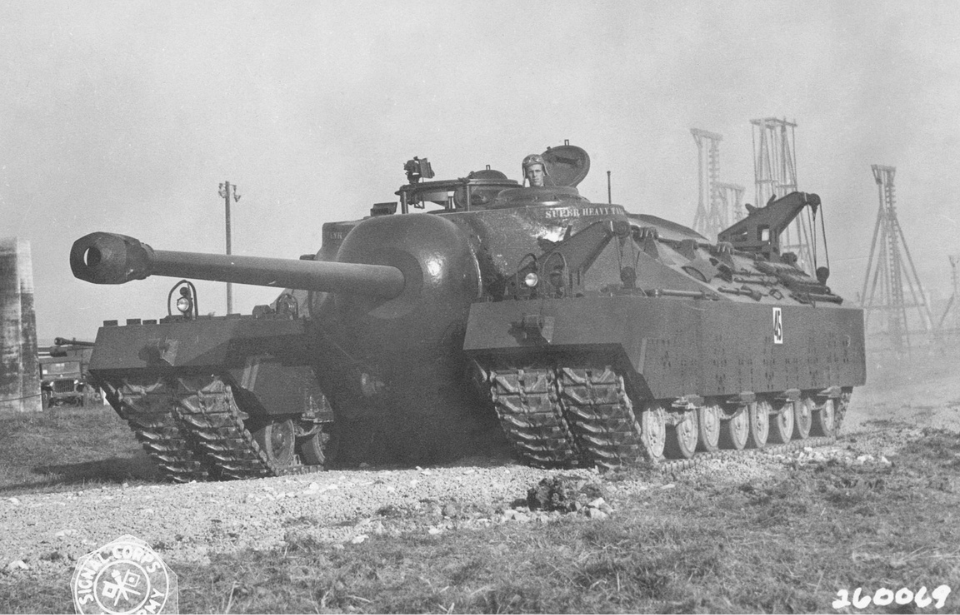The significance of tanks in warfare surged notably after their debut in the First World War, reaching new heights in World War II. As battles raged across Europe and the Pacific, the United States recognized the need to bolster its firepower for a definitive triumph, leading to the creation of the T28 Super Heavy Tank.
Regrettably, the project came to an abrupt halt, resulting in just two prototypes. One suffered damage during testing, while the fate of the other followed an unconventional path, remaining lost for several decades.
The United States wanted to match the German Army’s powerful tanks
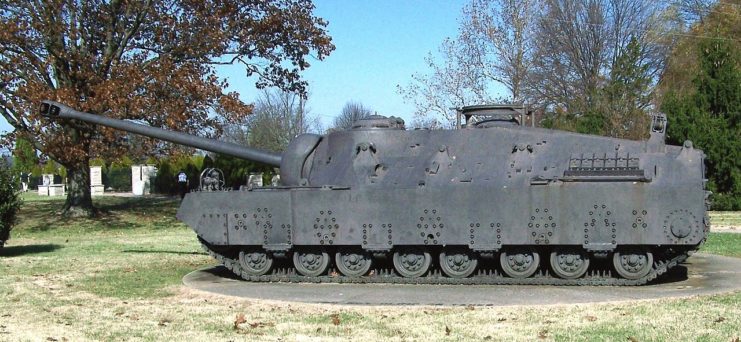
Having achieved victory in World War II, the United States and its Allies got invaluable insights into the dynamics of conflicts and potential strategies for the future. Even amid the ongoing war, the US military actively pursued solutions to address existing gaps. A noteworthy advantage held by the Wehrmacht over the Allied forces was its tank superiority, exemplified by the Siegfried Line, which proved to be a significant obstacle to Allied attempts to breach into Germany.
Beginning in 1943, the US initiated plans for a new tank, later designated the T28 Super Heavy Tank. Engineered for robustness, this new vehicle aimed to possess the strength necessary to penetrate enemy lines while ensuring ample security for those within the tank.
The United States begins work on developing prototypes
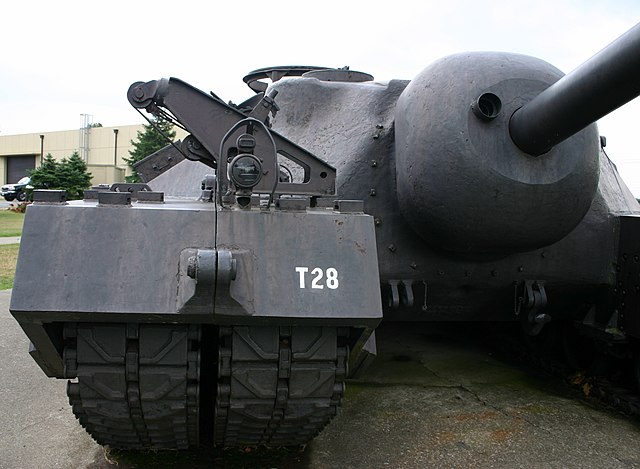
In March 1944, the decision was made to manufacture five T28 Super Heavy Tanks, each equipped with a 105 mm T5E1 anti-tank gun as their primary armament and a .50-cal Browning heavy machine gun as their secondary weapon. Distinguishing itself from other tanks of its time, the vehicle featured a significantly thicker body, with metal reaching up to 12 inches in thickness at certain points, designed to provide enhanced protection against anti-tank fire.
However, challenges emerged during the construction phase. The T28’s weight of 95 short tons limited its maximum speed to approximately 8 MPH. Additionally, the tank encountered significant difficulties when traversing obstacles.
The T28 Super Heavy Tank wasn’t really needed at all
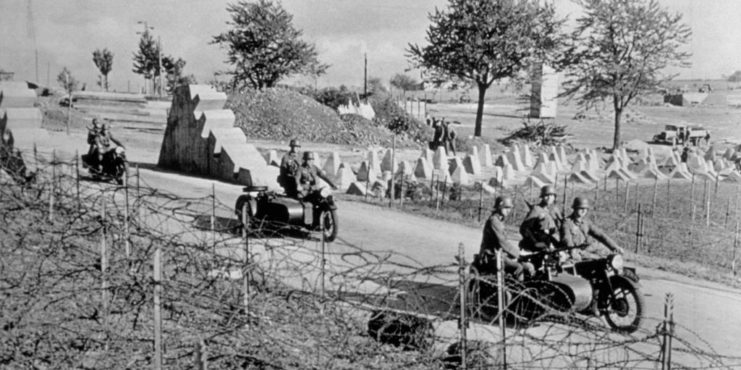
As aforementioned, the initial plan for the T28 Super Heavy Tanks was to use them to smash through the Siegfried Line. However, beginning in mid-1944, the Allied forces began an all-out attack on the defensive line, and by early 1945, all of the bunkers along it had fallen.
Those in charge decided the T28s would now be used on the Japanese mainland. However, Japan surrendered before the tanks could be sent overseas, following the bombings of Hiroshima and Nagasaki. This led the US government to scrap any plans to further develop the vehicles. Only two prototypes were ever completed, with one becoming heavily damaged during testing at Yuma Proving Ground and ultimately sold for scrap.
The remaining T28 Super Heavy Tank was lost for decades
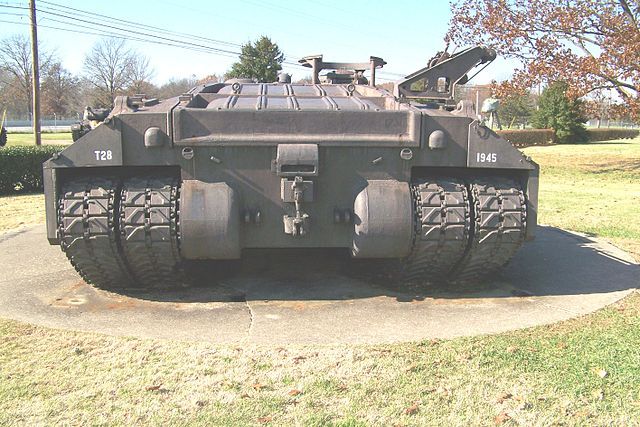
With the conclusion of the Second World War and the changing landscape of warfare, the T28 Super Heavy Tank became largely redundant. Extensive testing revealed flaws that would have posed significant challenges on the battlefield. Consequently, the US military shifted toward a different direction, prioritizing tanks with lighter and more versatile designs.
Throughout the following years, amid conflicts in Korea and Vietnam, the absence of the T28 tank was notable on the battlefield. Its WWII-era design had faded from relevance, no longer aligning with the military’s evolving strategic priorities.
The T28 Super Heavy Tank was eventually found in the weeds
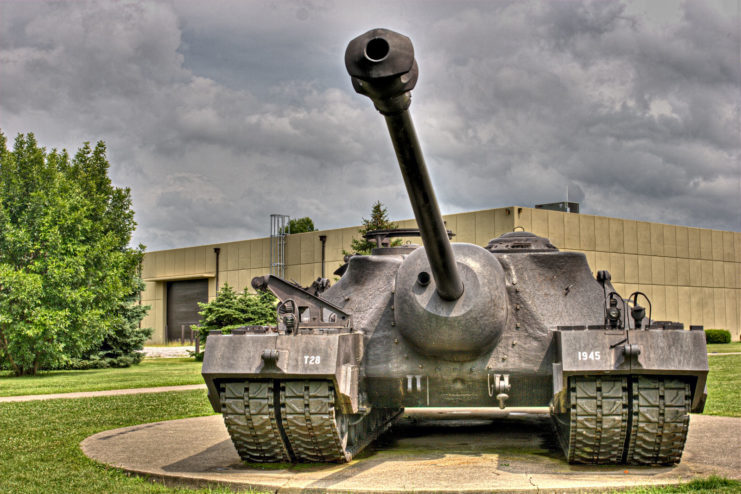
The military was so focused on new tank models that, somehow, the remaining T28 Super Heavy Tank prototype was completely misplaced. It wasn’t until 1974, 27 years after it went missing, that it was located in a field at Fort Belvoir, Virginia. It had been left to the elements for so long that weeds had started to grow into it.
More from us: A British Challenger 1 Set the Record for the Longest Tank-on-Tank Kill in 1991
Want War History Online‘s content sent directly to your inbox? Sign up for our newsletter here!
Since its discovery, the prototype has been treated with much more respect. It was transferred to the General George Patton Museum at Fort Knox, Kentucky and remained there for a number of years, before being moved to Fort Benning, Georgia’s Patton Park.
